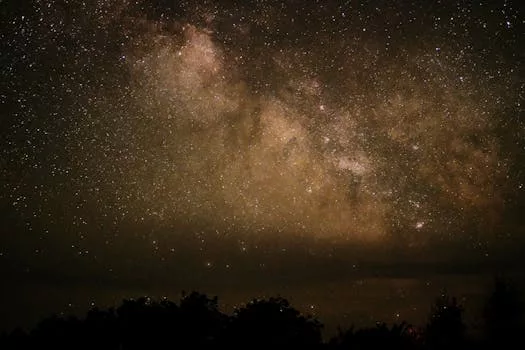
“
Beyond the Milky Way: Imagining New Worlds and Possibilities
Introduction to the Cosmos
Beyond the Milky Way: Imagining New Worlds and Possibilities is a topic that has fascinated humans for centuries. The Milky Way is just one of billions of galaxies in the observable universe, each containing billions of stars and potentially habitable planets. As we continue to explore and understand the vastness of space, we are forced to confront the reality that we are not alone in the universe. The possibility of discovering new worlds and civilizations beyond our galaxy is a prospect that has captivated scientists, philosophers, and science fiction writers alike.
Understanding the Scale of the Universe
The universe is estimated to be around 13.8 billion years old, with the Milky Way galaxy forming around 13.6 billion years ago. Our galaxy is just one of many in the observable universe, with some estimates suggesting that there may be as many as 100 billion galaxies in the observable universe. Each galaxy contains billions of stars, and many of these stars are likely to have planets in their habitable zones, making the possibility of life existing elsewhere in the universe a very real one.
The Search for Life Beyond the Milky Way
The search for life beyond the Milky Way is an active area of research, with scientists using a variety of methods to search for signs of life. One of the most promising methods is the detection of exoplanets, which are planets that orbit stars other than the Sun. By studying the atmospheres of these exoplanets, scientists can search for signs of biological activity, such as the presence of oxygen or methane. Another method is the search for radio signals from advanced civilizations, which could be a sign of intelligent life elsewhere in the universe. For a deeper exploration of this topic, check out Cosmic Creativity.
Imagining New Worlds and Possibilities
As we continue to explore the universe and search for life beyond the Milky Way, we are forced to imagine new worlds and possibilities. What would it be like to live on a planet with a different atmosphere or gravity? How would life evolve on a planet with a different star or in a different part of the galaxy? These are questions that scientists, philosophers, and science fiction writers have been grappling with for decades, and the answers are likely to be complex and multifaceted.
Conclusion and Takeaways
In conclusion, the possibility of discovering new worlds and civilizations beyond the Milky Way is a prospect that has captivated humans for centuries. As we continue to explore the universe and search for life beyond our galaxy, we are forced to confront the reality that we are not alone in the universe. The search for life beyond the Milky Way is an active area of research, and the discovery of new worlds and civilizations could have profound implications for our understanding of the universe and our place within it. Some key takeaways from this article include:
- The universe is vast and complex, with billions of galaxies and potentially habitable planets.
- The search for life beyond the Milky Way is an active area of research, with scientists using a variety of methods to search for signs of life.
- The discovery of new worlds and civilizations could have profound implications for our understanding of the universe and our place within it.






